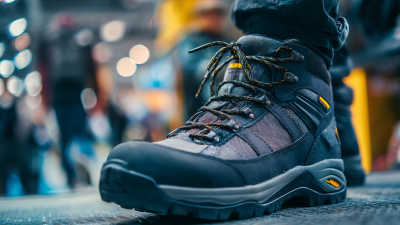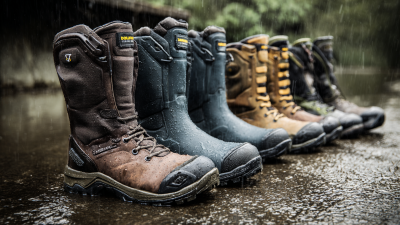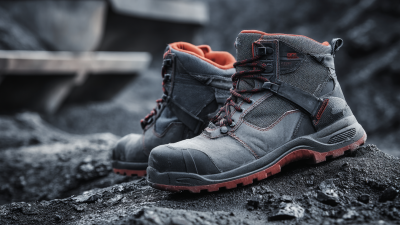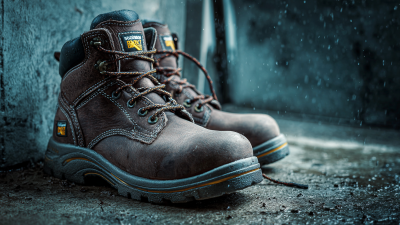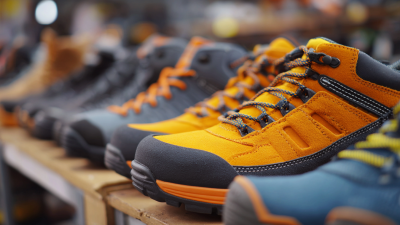In the harshest of environments, where moisture and extreme conditions prevail, the importance of reliable footwear cannot be overstated. Dunlop Waterproof Boots have become a benchmark in the industry, specifically engineered to provide unparalleled protection against water ingress, ensuring that feet remain dry and comfortable. According to a report by Footwear News, the global market for waterproof boots is projected to grow significantly, driven by increasing awareness about occupational hazards in sectors like agriculture, construction, and outdoor recreational activities. With a focus on advanced materials and technology, Dunlop has incorporated features such as breathable membranes and non-slip soles, making their boots not just waterproof but also practical for a variety of demanding conditions. By understanding the science behind Dunlop Waterproof Boots, consumers can make informed choices about their footwear, enhancing their safety and comfort in extreme scenarios.
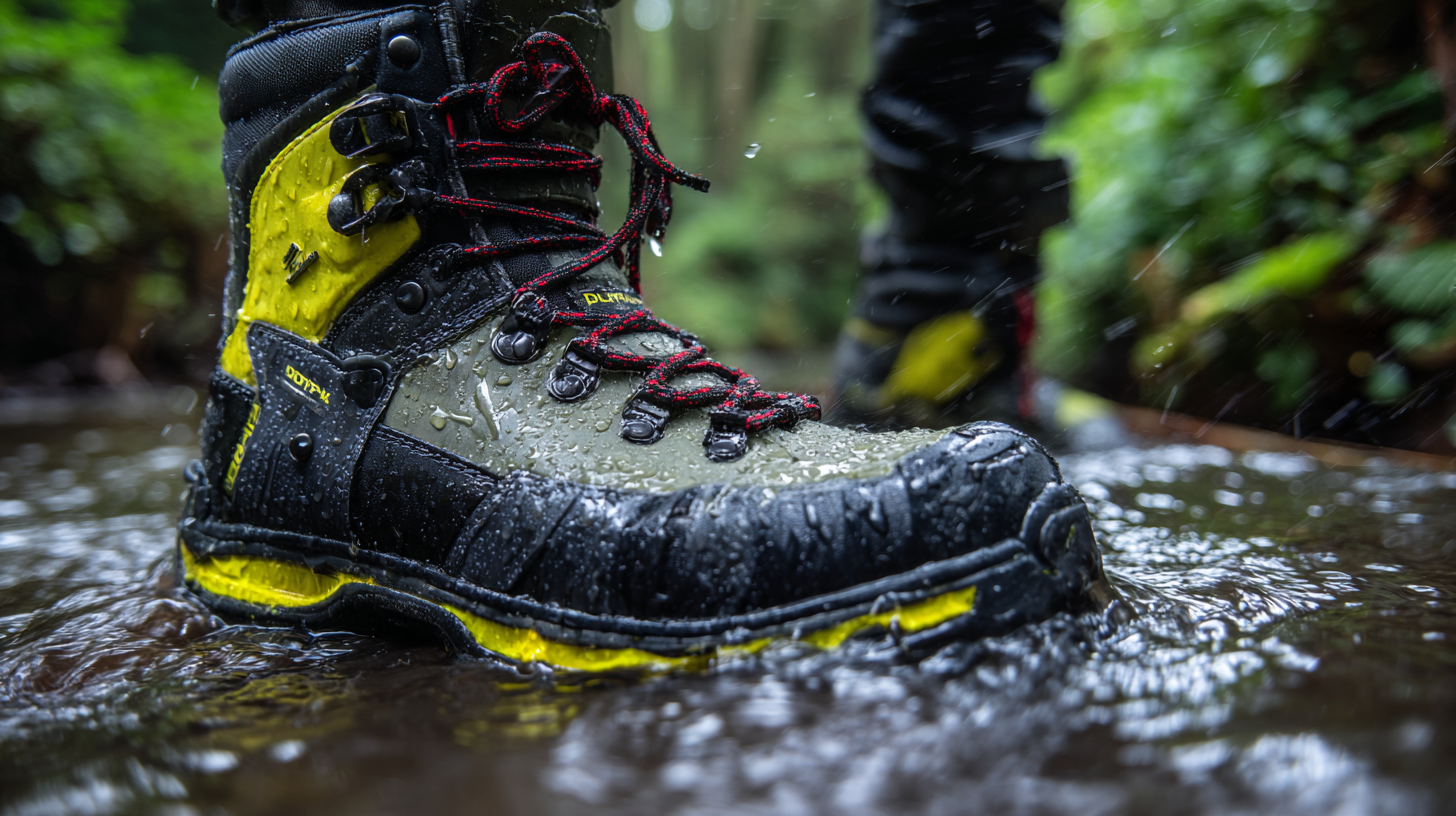
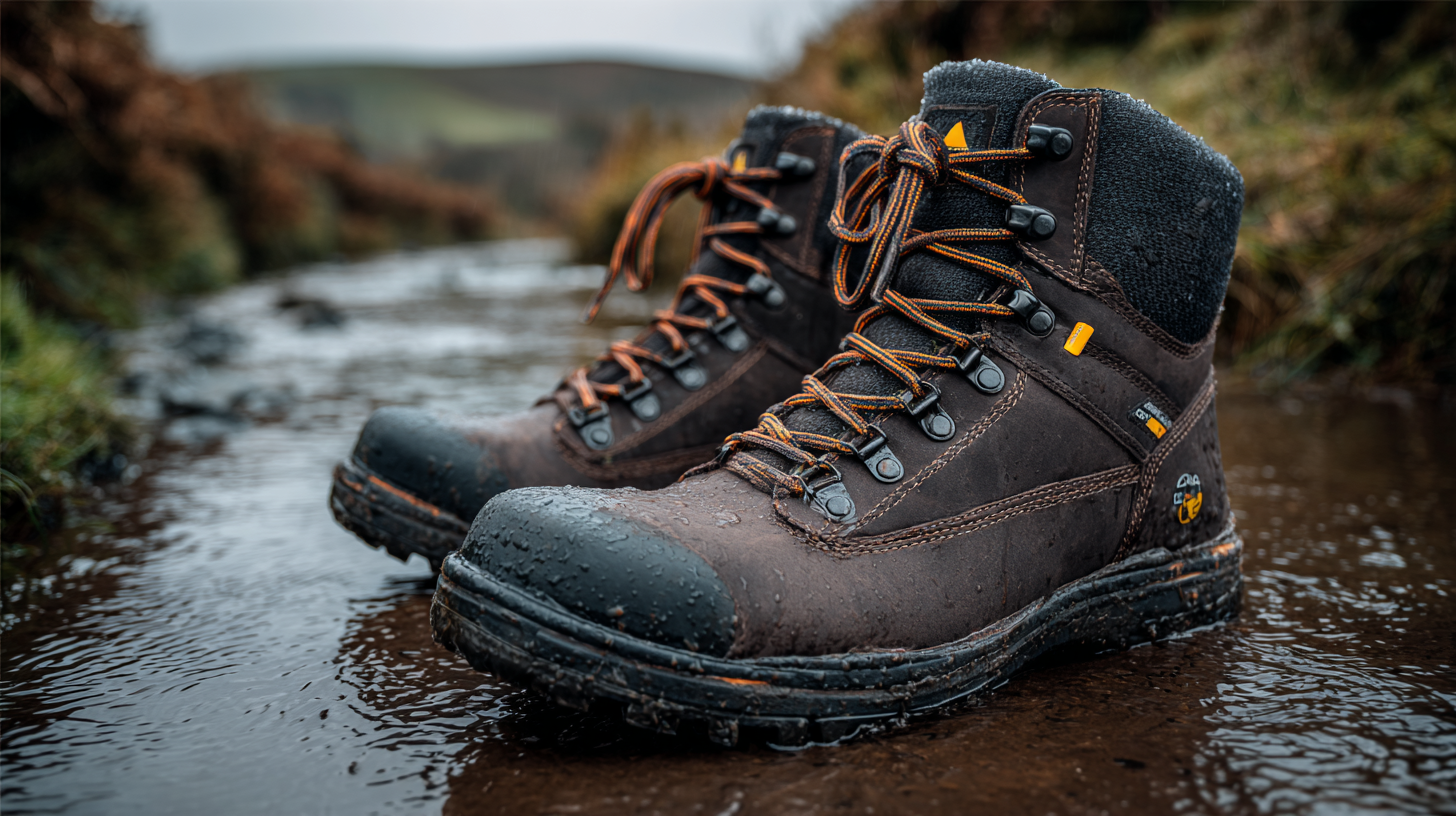 Dunlop waterproof boots incorporate innovative materials designed to protect your feet from extreme weather conditions. The use of advanced waterproof membranes ensures that water does not penetrate the boots, keeping your feet dry even in the heaviest rain. These materials not only provide exceptional waterproofing but also allow moisture to escape, maintaining comfort throughout prolonged use. Proper insulation within the boots helps regulate temperature, making them suitable for various climates.
Dunlop waterproof boots incorporate innovative materials designed to protect your feet from extreme weather conditions. The use of advanced waterproof membranes ensures that water does not penetrate the boots, keeping your feet dry even in the heaviest rain. These materials not only provide exceptional waterproofing but also allow moisture to escape, maintaining comfort throughout prolonged use. Proper insulation within the boots helps regulate temperature, making them suitable for various climates.
Additionally, the boots are crafted with lightweight yet durable components that enhance both comfort and protection. The design emphasizes ergonomic fit, offering support to the ankles while providing ample space for movement. With these technological advancements, Dunlop waterproof boots stand out in the market, ensuring that outdoor enthusiasts can navigate challenging environments without compromising on safety and comfort.
Dunlop waterproof boots are designed with advanced sealing methods that play a crucial role in ensuring your feet remain dry even in extreme conditions. One of the primary techniques employed is the use of welded seams, which eliminate the risk of water seeping through traditional stitching. By using high-frequency welding, these seams create a continuous barrier that enhances the overall waterproof integrity of the boot.
Additionally, the incorporation of specialized materials, like rubber and synthetic waterproof membranes, further enhances the boot’s performance. These materials are not only resistant to water ingress but also breathable, allowing moisture from within to escape while preventing external water from entering. This dual-action mechanism keeps your feet comfortable and dry, making Dunlop boots an ideal choice for anyone facing wet and challenging environments. The combination of effective sealing methods and innovative materials positions Dunlop waterproof boots as a reliable option for all-weather protection.
| Sealing Method | Effectiveness | Application Examples | Durability |
|---|---|---|---|
| Heat-Sealed Seams | High | Outdoor hiking boots, winter footwear | Excellent |
| Gore-Tex Membrane | Very High | Trekking boots, mountaineering | Good |
| Rubber Outsoles | Moderate | Agricultural boots, fishing waders | Fair |
| Synthetic Waterproof Coatings | High | Casual shoes, light hiking boots | Moderate |
| Seam Taping | High | Waterproof hiking boots | Good |
In extreme conditions, the battle between breathability and waterproofing becomes crucial for maintaining comfort and preventing discomfort. Dunlop waterproof boots are engineered to strike an optimal balance between these two essential features. The materials used in their construction are designed to keep water out while allowing moisture vapor to escape, ensuring feet stay dry not just from external sources but also from sweat generated during physical activity.
Breathability is often achieved through advanced technologies such as membrane systems or porous materials that facilitate airflow without compromising waterproof barriers. Dunlop's innovative approach includes utilizing breathable linings and ventilation systems that enhance airflow, thus reducing the risk of overheating and dampness inside the boots. This balance is vital, especially in rugged environments where temperatures fluctuate and activity levels vary dramatically, making Dunlop boots a reliable choice for those who refuse to compromise on performance in harsh conditions.
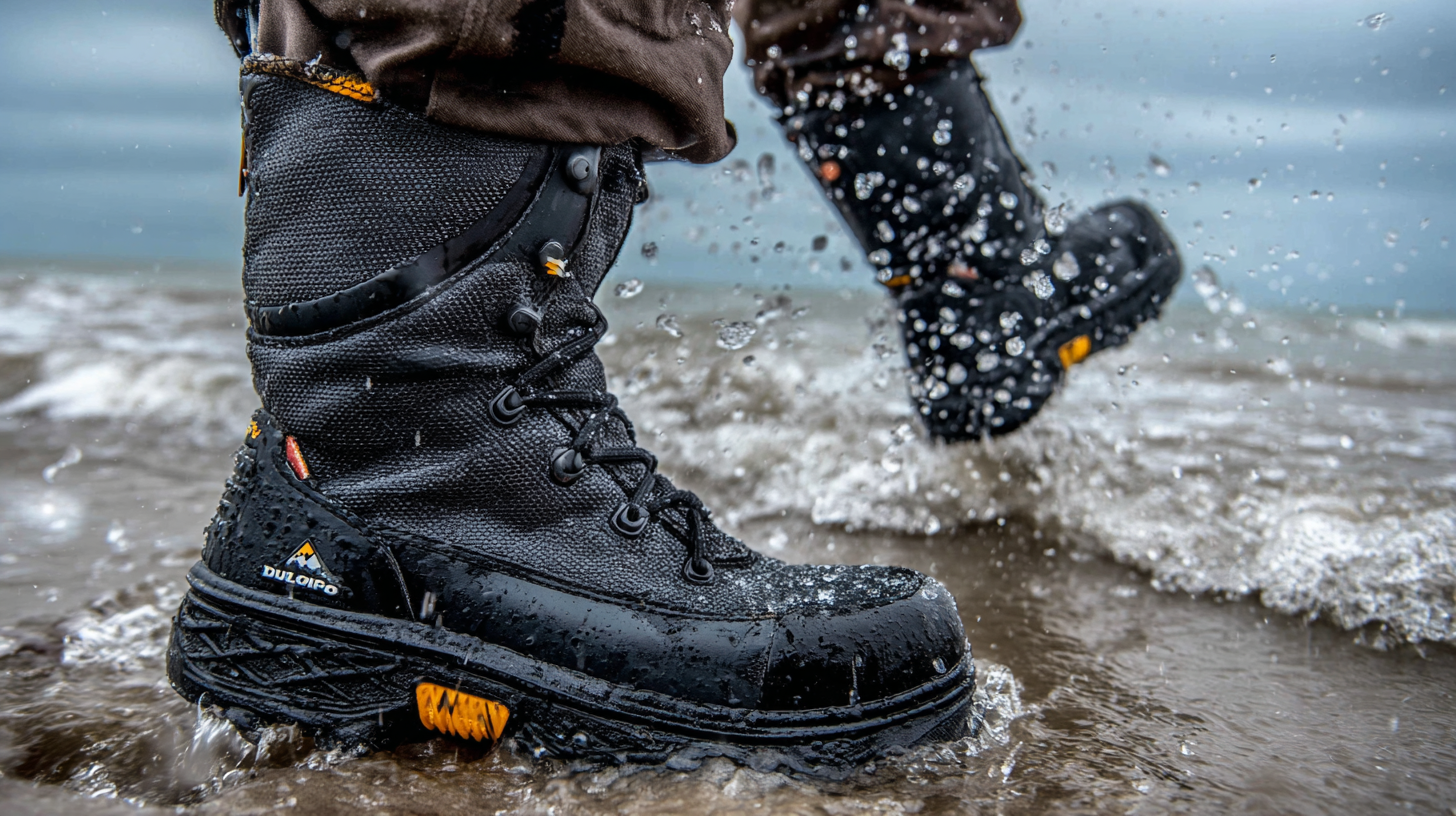
When evaluating the real-world performance of waterproof boots like
Dunlop, field testing becomes essential to understanding how effectively these boots keep your feet dry in
extreme conditions. Field tests often simulate various weather scenarios, including heavy rainfall and deep snow, allowing for an assessment of waterproofing techniques and material durability.
According to a study by the Footwear and Protective Clothing Research Group, boots designed with advanced waterproof membranes can reduce moisture penetration by up to 95%, significantly enhancing comfort and dryness for the wearer.
Durability is another critical factor in assessing performance. Field trials conducted in harsh environments revealed that boots with reinforced seams and high-performance rubber outsoles can withstand extreme temperatures and rugged terrains.
Notably, outdoor exercises such as snowshoeing and ice fishing necessitate boots that not only repel water but also offer insulation and support.
Data shows that proper insulation in winter boots can maintain warmth in environments as cold as -40°F, making them suitable for prolonged exposure to cold and wet conditions. These findings underline the importance of thorough field testing in determining the reliability of waterproof boots in the real world.
When it comes to waterproof footwear, Dunlop boots stand out in a competitive market, often pitted against renowned brands like Hunter and Muck Boot. A key factor in their performance lies in the advanced materials used in their construction. Dunlop employs a unique blend of rubber and synthetic compounds designed to repel water effectively while providing flexibility and comfort. This innovative approach allows them to maintain durability and warmth in extreme conditions, setting them apart from many traditional waterproof boots that may sacrifice breathability for insulation.
In contrast, brands like Hunter prioritize style alongside functionality, typically crafting their boots from PVC rather than rubber. While they are effective in wet conditions, they may not offer the same level of support and traction as Dunlop options, particularly in rugged terrain. Muck Boot, on the other hand, is known for its thick neoprene construction which provides excellent insulation, but its weight can be cumbersome during prolonged use. Ultimately, while each brand offers distinct advantages, Dunlop’s combination of advanced materials and ergonomic design makes it a superior choice for those needing reliable waterproof protection without compromising comfort.
